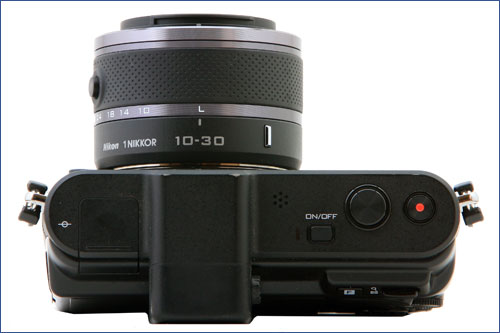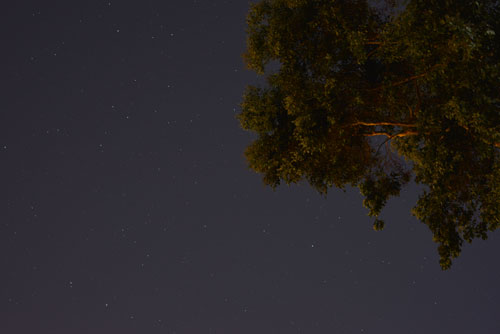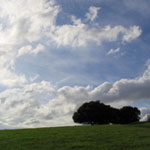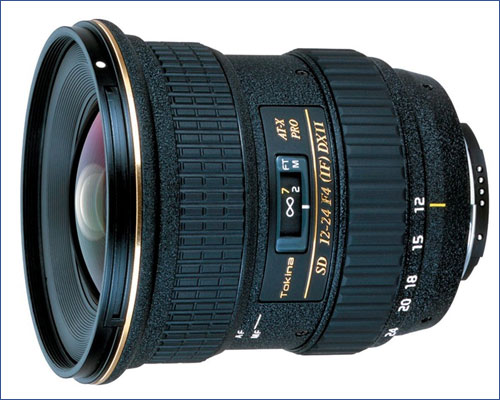| Back to Back Issues Page |
 |
|
DSLR Guide News - More Tips in Less Time October 27, 2012 |
Having trouble viewing this newsletter? Read the latest issue online at
https://www.digital-slr-guide.com/dslr-news-10-12.html or read back issues If someone you know has forwarded you this newsletter and you've enjoyed it, subscribe now to receive the next issue when it's published.
DSLR News - October 2012
In This Issue
Welcome to the new and (hopefully) improved version of the Digital SLR Guide newsletter, designed for those with a limited amount of free time.
Reading through some of my past issues, I realized that they included a LOT of information. There were two problems that I noticed with this approach: 1) it took a LONG time to read a newsletter and 2) once read, it was hard to find the information again at a later date.
With this in mind, I've decided to shorten the length of the newsletters considerably and instead provide links to full articles on the site.
If you decide that some information is worthy of your attention, you can click through for more details- otherwise you should be able to skim the newsletter in a matter of minutes.
I hope that you find this new format more useful, and more tailored for your already flooded email inbox.
Without further ado, here's what you can find in this issue: a review of the mirrorless Nikon V1, a tutorial on taking photos at night and information about the best landscape lenses.
Stay Updated!The Digital SLR Guide is also on Facebook. If you're on Facebook, drop on by to get updates about new digital SLR cameras and photo tips.Mirrorless Camera: Nikon V1
If you're considering a portable alternative to a monstrous digital SLR and don't want to compromise too much on image quality, then consider the Nikon V1 mirrorless camera.
The best way that I can summarize the V1 is like this: it's a good "starter" camera.
What I mean by this is that it's not ideal if you've used SLRs in the past or if you have a collection of gear for Nikon SLRs. You'll need an extra adapter for the lenses to work, and off-camera flashes won't be compatible at all.
However, for those just advancing beyond the level of a point-and-shoot compact, the V1 has only a few simple controls for you to learn.
It's pretty easy to get the camera set up for basic shooting, and there are more advanced modes once you start to feel more confident in your photographic abilities.
If you feel that you can get by without a viewfinder of any kind, then you should carefully consider the less expensive J1, since the rest of the differences between these two cameras are minimal.
Beginner Digital SLR Lessons
How to Take Photos at Night
Taking photos at night can be virtually impossible without one essential accessory - a tripod.
The main issue here is that your camera NEEDS light to capture an image. When there's little or no ambient light, the only thing the camera can do is leave the shutter open long enough to allow the sensor to collect SOME light.
However, the minute your shutter speed dips down toward 1/10th of a second your entire image will look blurry - this can depend on the type of lens you're using, but is a pretty good "general" rule.
The blur that you see is due to CAMERA motion. Even if you think you're holding the camera perfectly still, you're not and these micro-movements cause blur at very slow shutter speeds.
Camera motion stops when it's not in your hands. While you can set your camera down on any stable surface for slow-shutter night shots, you're going to get much better results if you invest in a tripod.
Unless you're a VERY serious night-time photographer, any tripod will do - so long as it creates a stable surface for the camera to sit on while the shutter is open.
Once you've got the camera perfectly stable the rest is relatively easy.
Intermediate Digital SLR Lessons
The Best Landscape Lenses
If you want to capture stunning landscapes, then you'll need a decent lens to go with your camera.
Even the most basic digital SLR can capture a spectacular sunset or rolling hills at dawn provided you're using a lens that captures a wide angle view.
To capture all the scenery in front of you, all of the best landscape lenses have short focal lengths. The focal length of a lens is included as part of the lens name and is measured in millimeters.
For example, a 10-20mm lens covers a focal length range from 10mm to 20mm. This captures a MUCH wider view of the world than the standard 18-55mm lens that is often bundled with DSLR as a "starter lens".
While you certainly CAN take landscape photos with an 18-55mm lens, the shorter focal length and wider angle of view will be better at drawing your viewers in to your landscape shots.
Taken from the right angle and at the right time of day, it will feel to the viewer like they were standing right next to you when you took the shot.
In Conclusion
The holidays are almost upon us once again, and you may be considering a new DSLR for yourself or for a loved one.
If you haven't been saving up for months for a camera, you may still be able to come up with a unique gift for the photo enthusiast in your house.
Next month's issue (which I will try to get out sooner rather than later) will provide you with information about the new DSLRs of 2012, as well as a variety of SLR accessories designed to match a wide range of budgets.
Until then, happy picture-taking!
--Chris Roberts, Your Digital SLR Guide
|
| Back to Back Issues Page |





